1. Understanding Electric Bikes for Adults
Electric bikes for adults have become a popular choice for commuting, exercise, and leisure riding. Combining traditional cycling with electric assistance, they provide riders with the flexibility to travel longer distances and tackle challenging terrains with less effort. Whether used for daily transport or weekend adventures, electric bikes offer a sustainable and efficient mobility solution.
An electric bike (e-bike) typically includes a battery-powered motor that assists pedaling. Depending on the model, riders can adjust the level of assistance to match their riding style, from light support for fitness rides to full electric mode for effortless commuting.
2. Main Types of Electric Bikes for Adults
2.1 Commuter Electric Bikes
Commuter electric bikes are designed for city roads and everyday travel. They often feature lightweight frames, comfortable saddles, and integrated lighting systems for safety. These bikes typically include medium-capacity batteries that provide ample range for daily commutes, helping riders save time and avoid traffic congestion.
2.2 Mountain Electric Bikes
Mountain e-bikes are built for off-road trails and rugged terrain. They have powerful motors, robust suspension systems, and larger tires for better grip and shock absorption. Ideal for adventure enthusiasts, these bikes make climbing steep hills and navigating rocky paths easier while maintaining control and stability.
2.3 Folding Electric Bikes
Folding electric bikes are perfect for urban commuters with limited storage space. They can be easily folded and carried into offices, public transport, or apartments. Despite their compact size, modern folding e-bikes offer strong performance, making them a convenient and versatile option for city life.
2.4 Fat Tire Electric Bikes
Fat tire electric bikes feature wide, thick tires designed for stability and comfort on various terrains such as sand, snow, or gravel. They are excellent for outdoor leisure riders who want an all-terrain experience. The extra traction allows for confident riding even in challenging conditions.
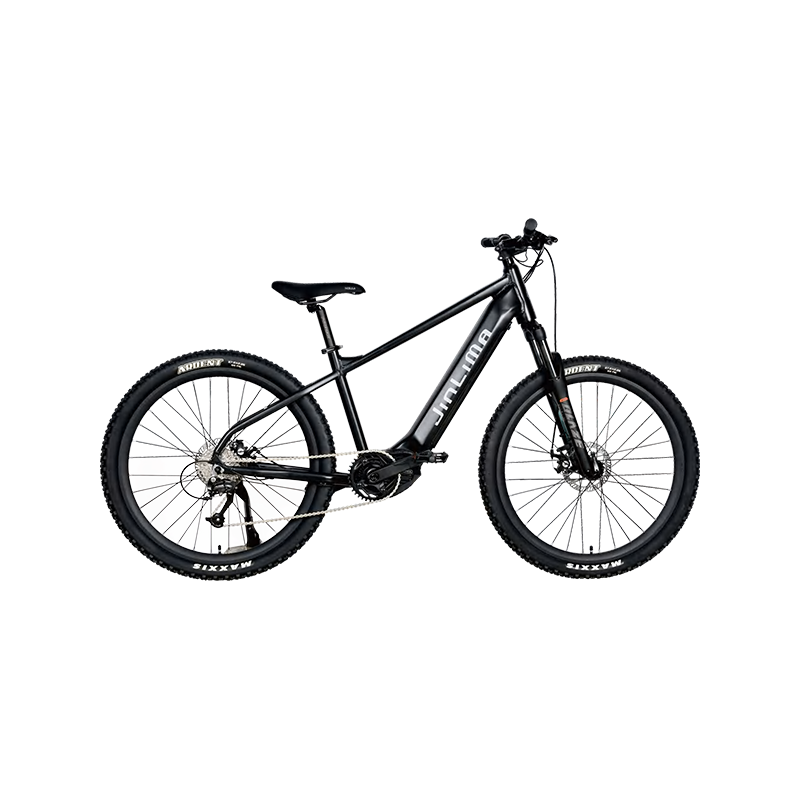
3. Key Features to Look For
Before purchasing an electric bike, consider the following essential features to match your riding needs:
- Battery capacity and range — determines how far you can travel on a single charge.
- Motor power — affects speed, torque, and hill-climbing ability.
- Frame material — aluminum frames are light and durable, while steel frames offer added comfort.
- Brake type — hydraulic disc brakes provide strong stopping power in various weather conditions.
- Gear system — multi-speed gears enhance versatility across different terrains.
- Charging time — shorter charging times improve daily usability and convenience.
4. Comparing Different Electric Bike Types
The following table highlights the key differences among common types of electric bikes for adults:
| Type | Primary Use | Motor Power | Battery Range | Key Advantage |
| Commuter E-Bike | City Travel | 250–500W | 40–80 km | Efficient and easy to maintain |
| Mountain E-Bike | Off-Road Riding | 500–1000W | 60–120 km | Powerful performance on rough terrain |
| Folding E-Bike | Urban Commute | 250–350W | 30–70 km | Compact and portable design |
| Fat Tire E-Bike | All-Terrain Leisure | 500–750W | 50–100 km | Stable and comfortable on varied surfaces |
5. Maintenance and Battery Care Tips
Proper maintenance extends the lifespan of your electric bike and ensures consistent performance. Battery care is especially important for long-term reliability.
- Charge the battery regularly and avoid full depletion to preserve battery health.
- Store the bike in a cool, dry place away from direct sunlight and moisture.
- Inspect tires, brakes, and chains regularly to maintain smooth operation.
- Clean electrical components gently using a damp cloth, avoiding excessive water.
- Follow manufacturer guidelines for charging times and maintenance intervals.
6. Choosing the Right Electric Bike for Adults
Selecting the ideal electric bike depends on your daily use and terrain. If you commute in the city, a lightweight commuter e-bike with medium battery capacity may be the best choice. For off-road exploration, a mountain e-bike with higher torque and suspension will deliver a better experience. Riders who prioritize flexibility and portability can benefit from folding models, while those seeking comfort and stability might prefer fat tire versions.
Consider your budget, distance requirements, and local terrain when making a purchase. Testing multiple models before buying helps ensure a comfortable fit and optimal performance for your riding habits.


 0
0


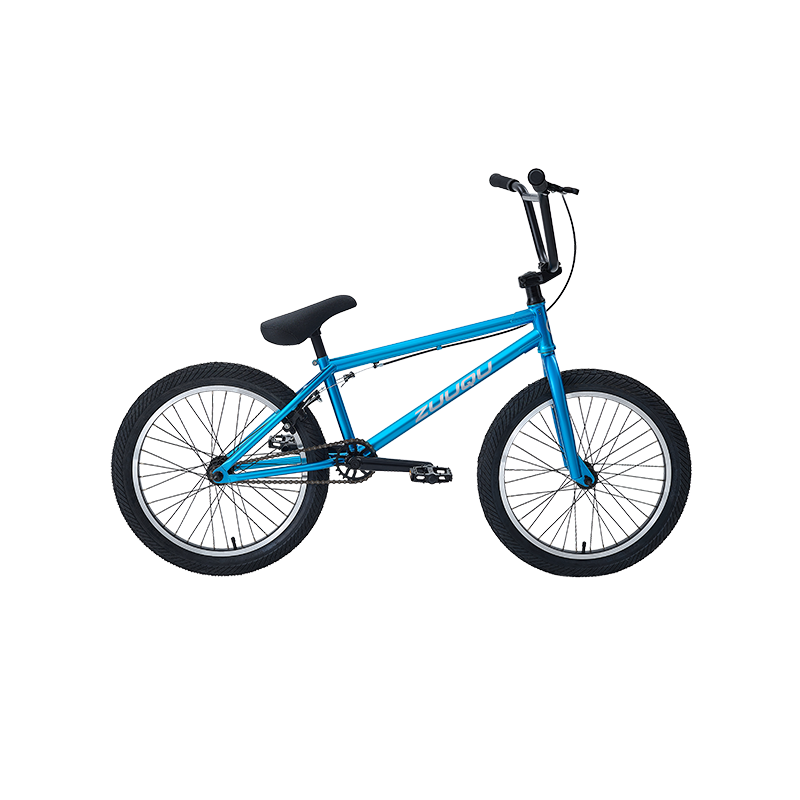

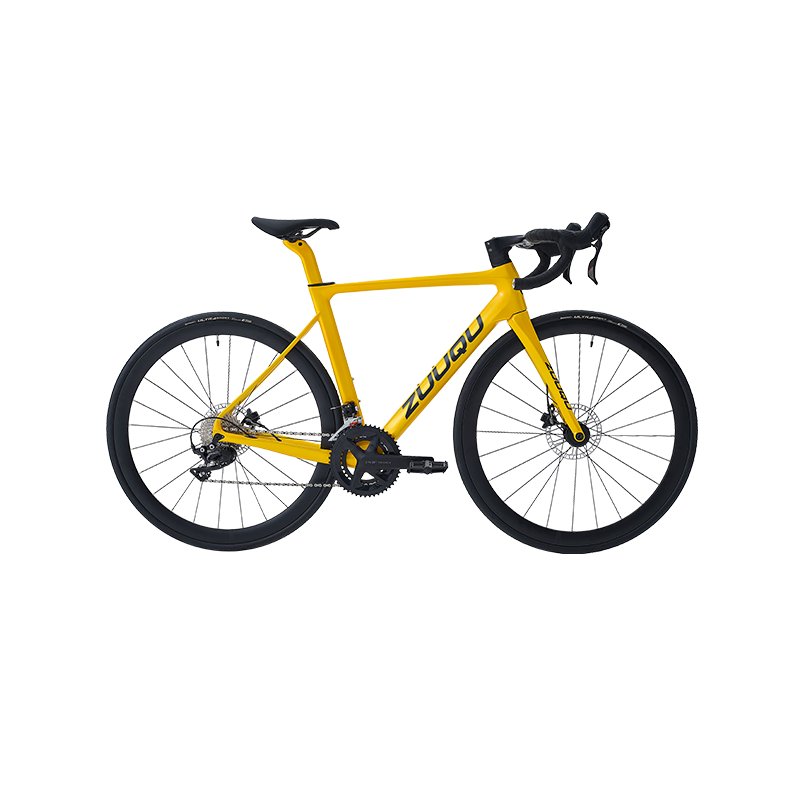
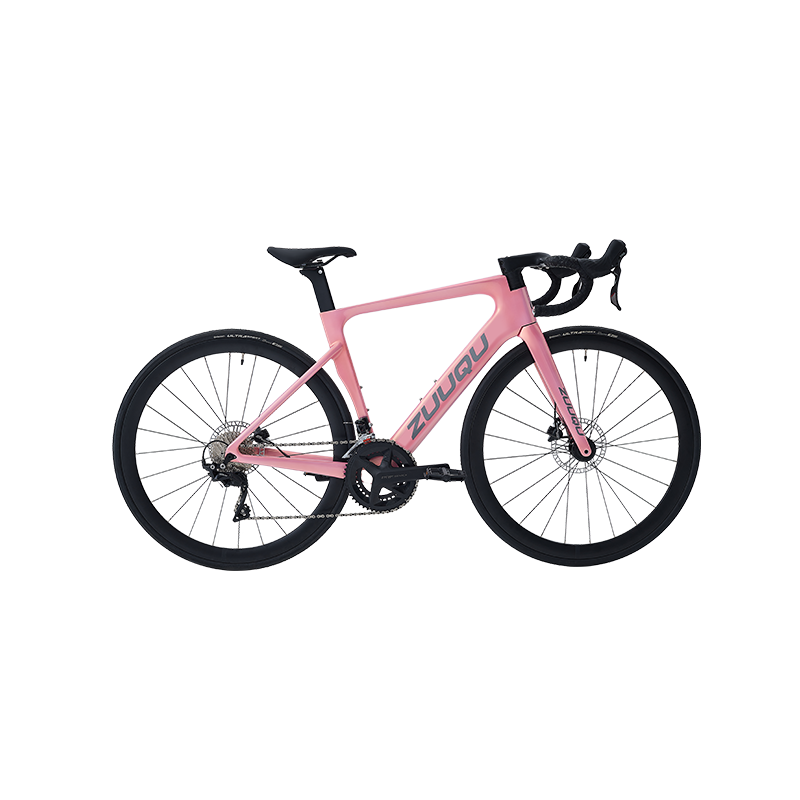
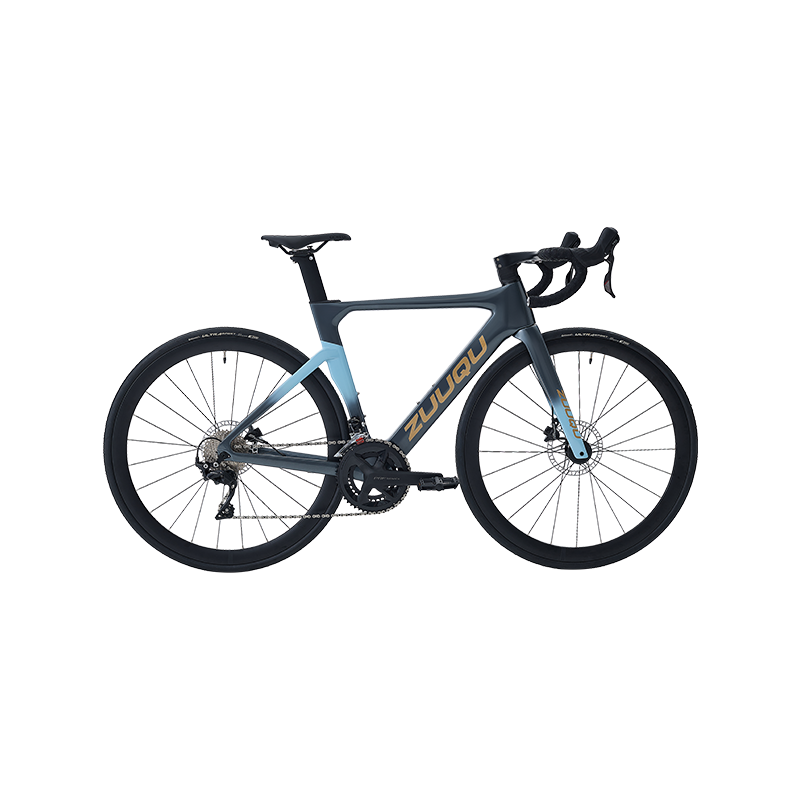
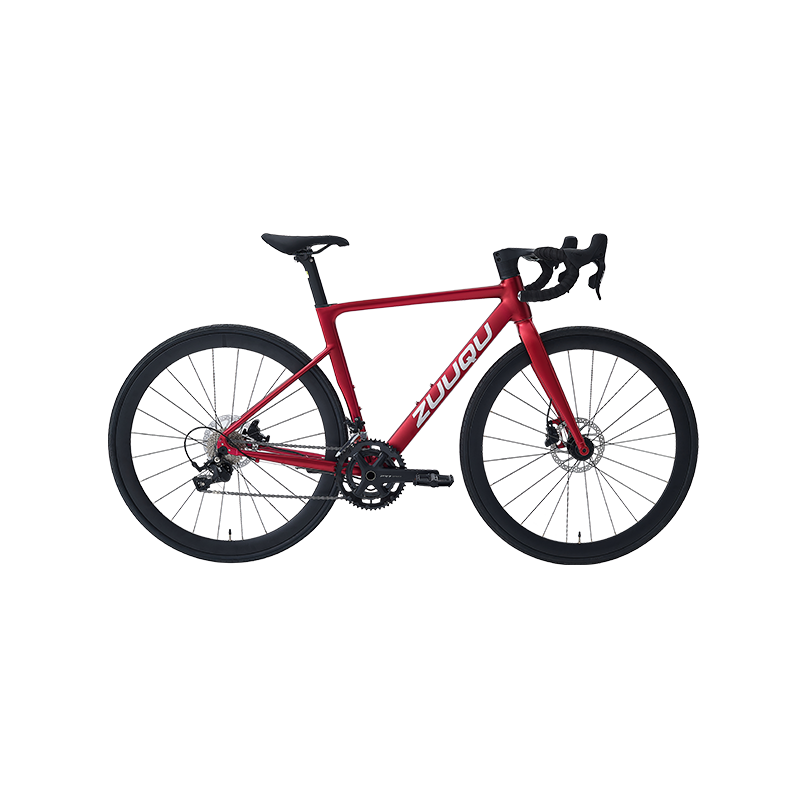
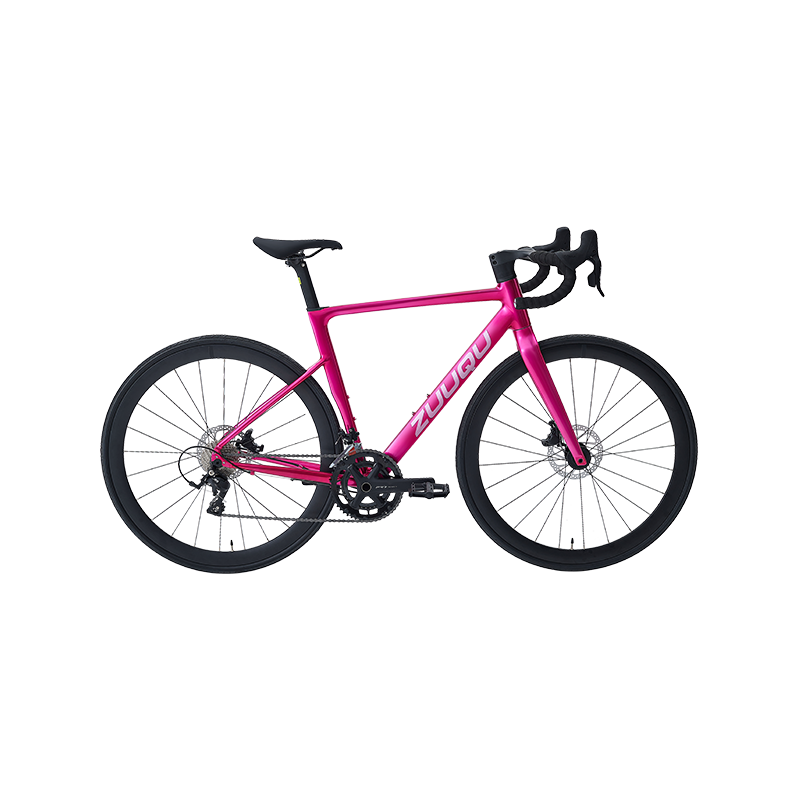
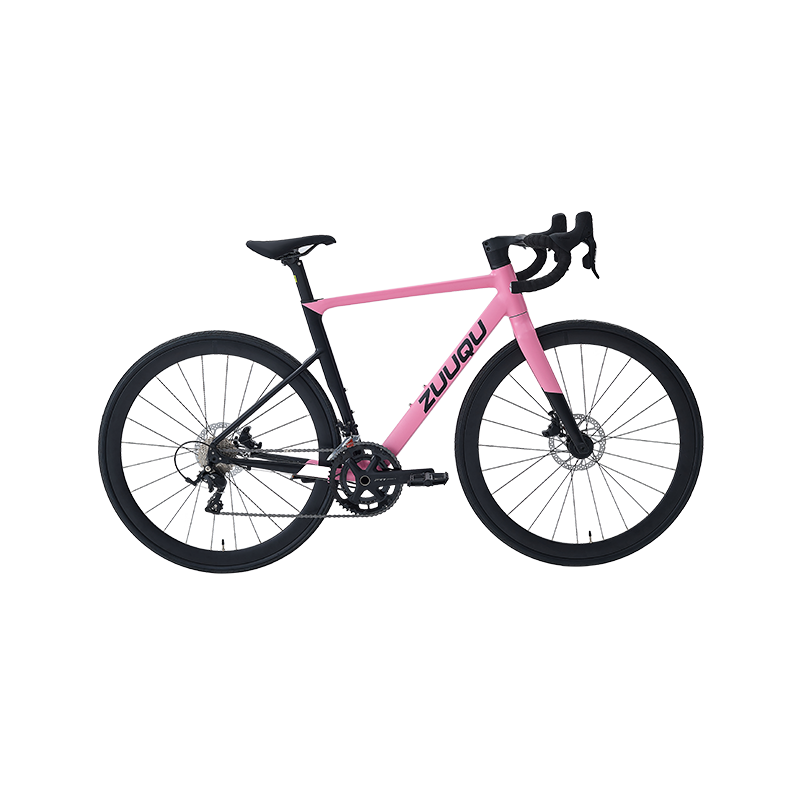
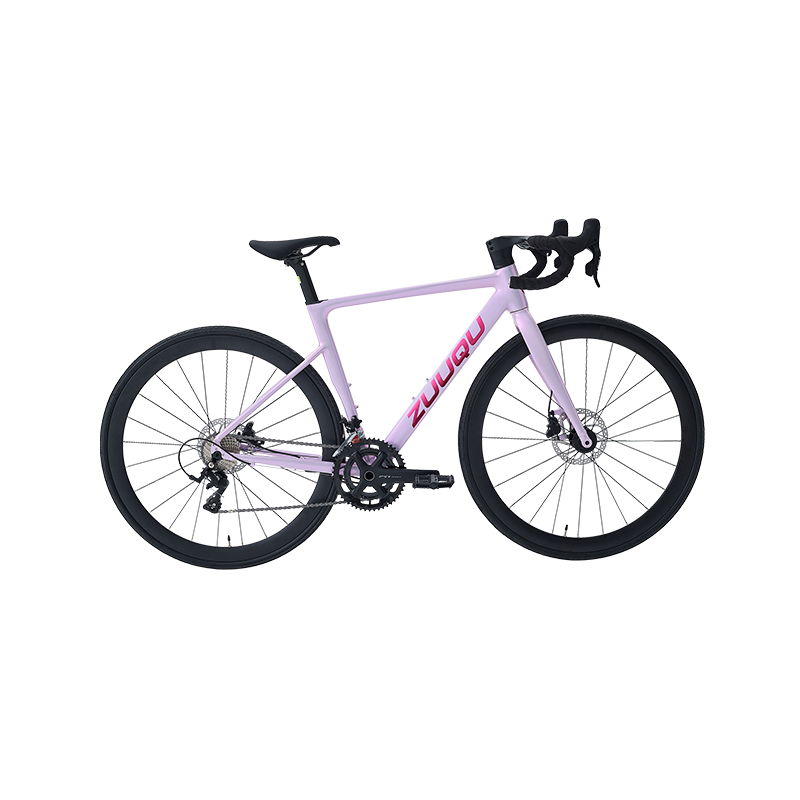
 Linhang industry park, Zhuji,
Linhang industry park, Zhuji,  +86-18858280688
+86-18858280688
